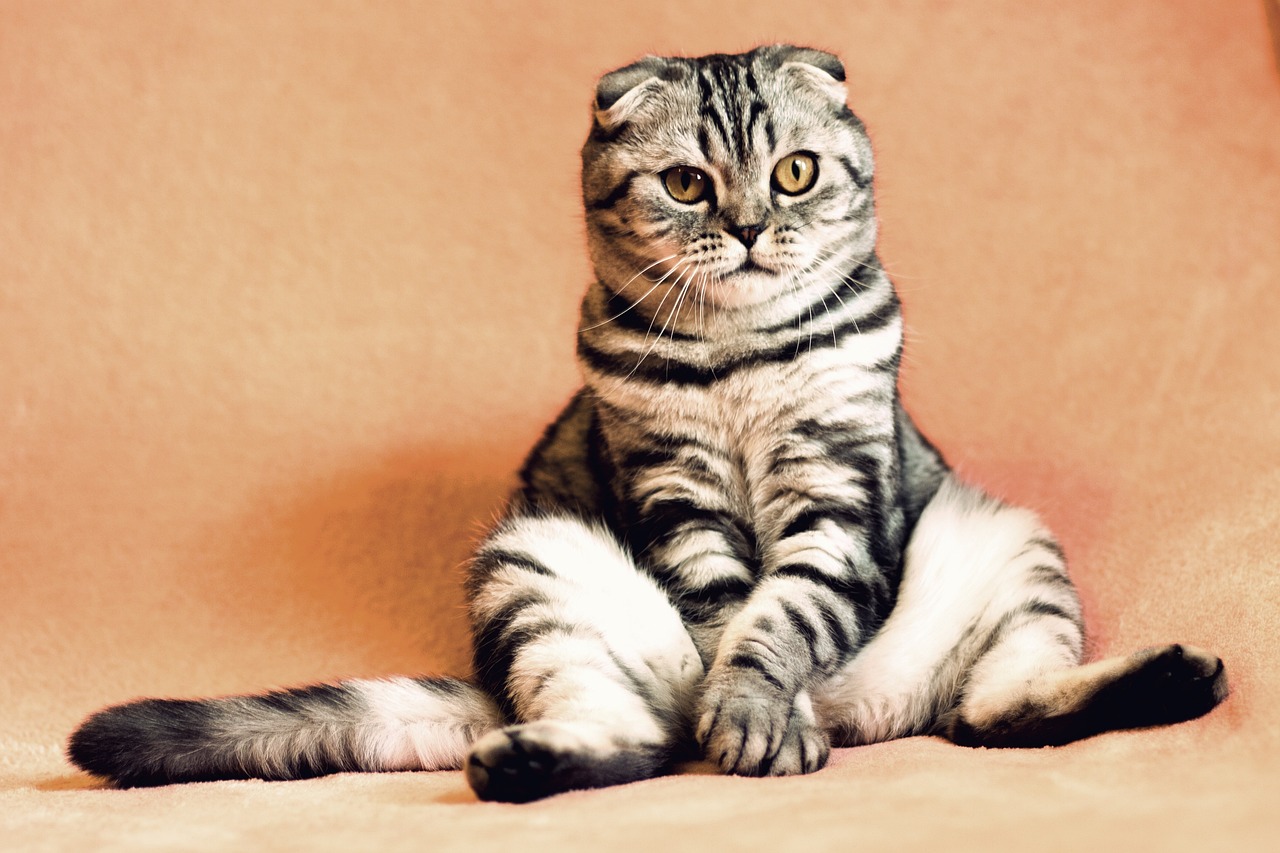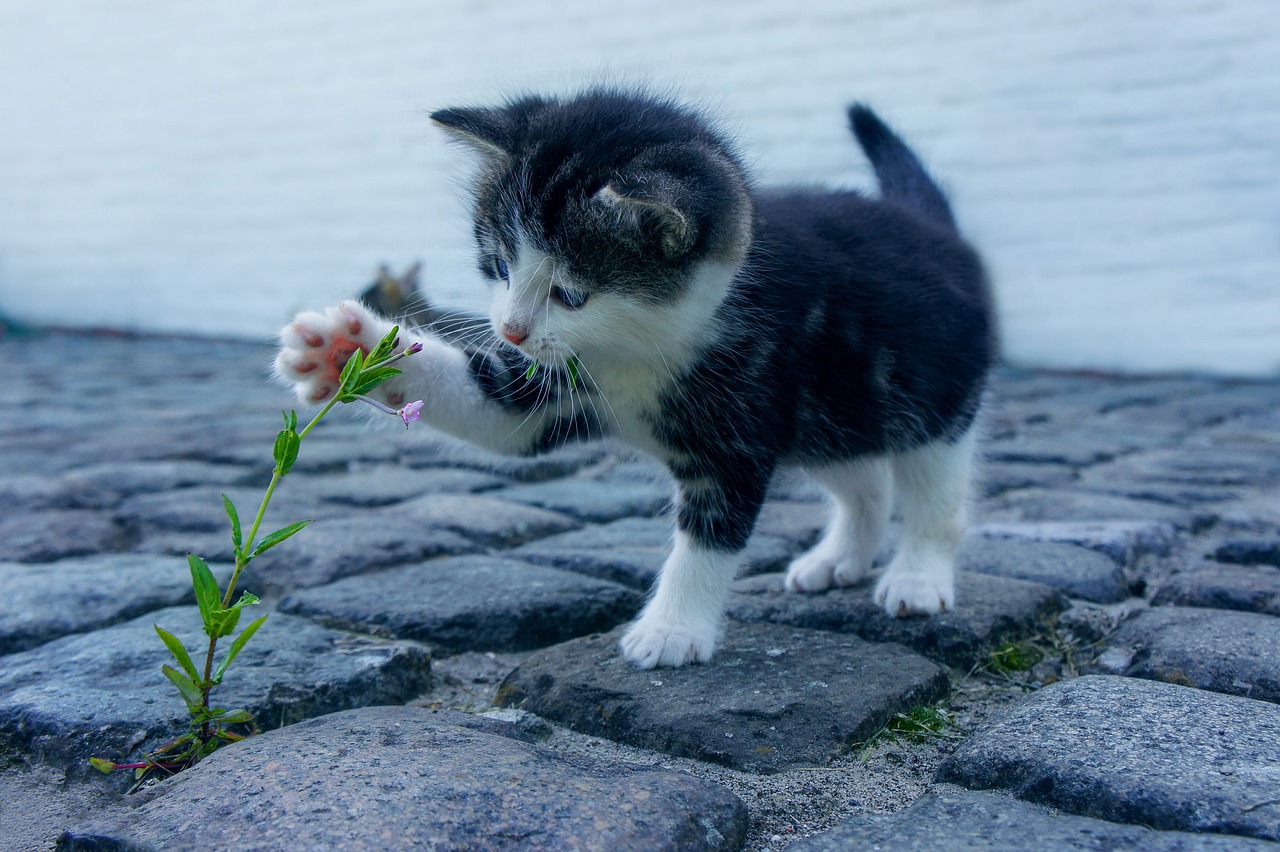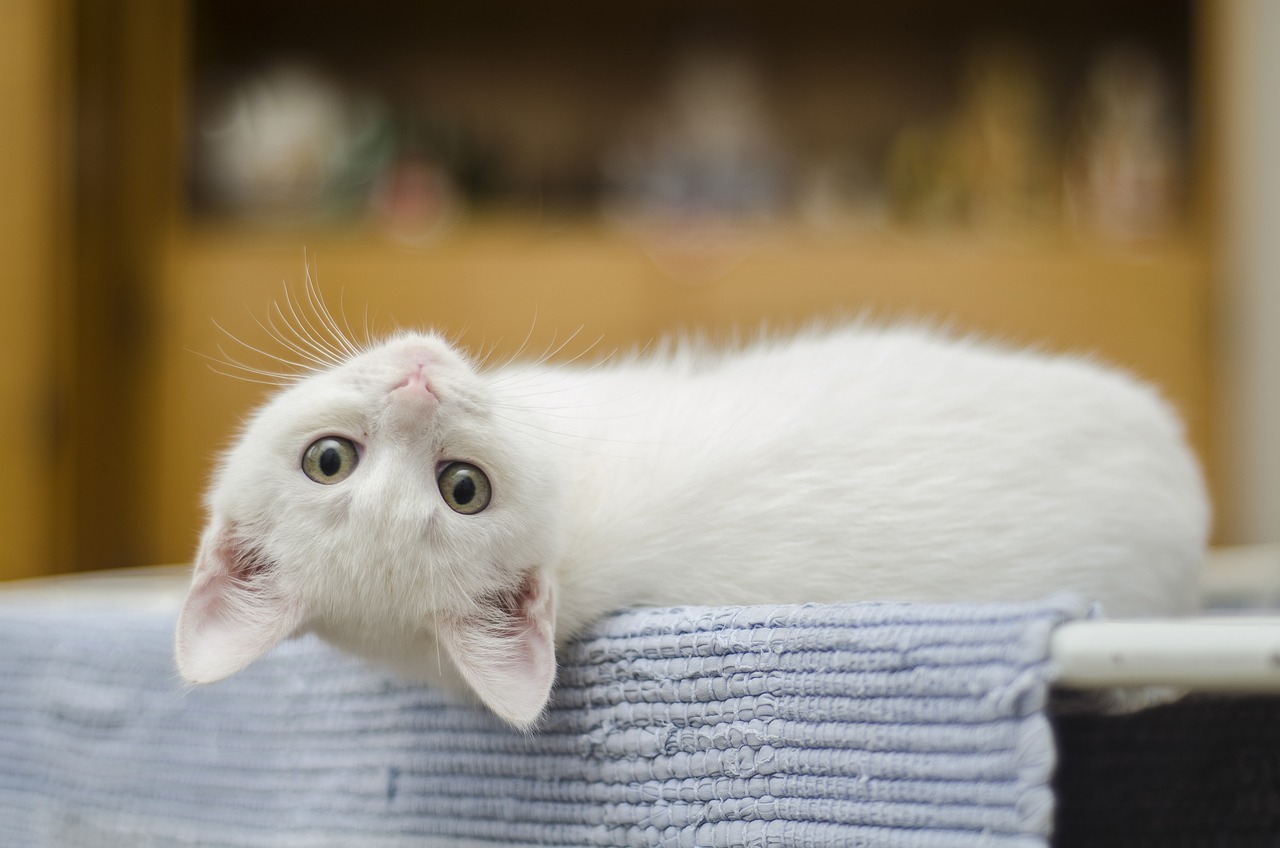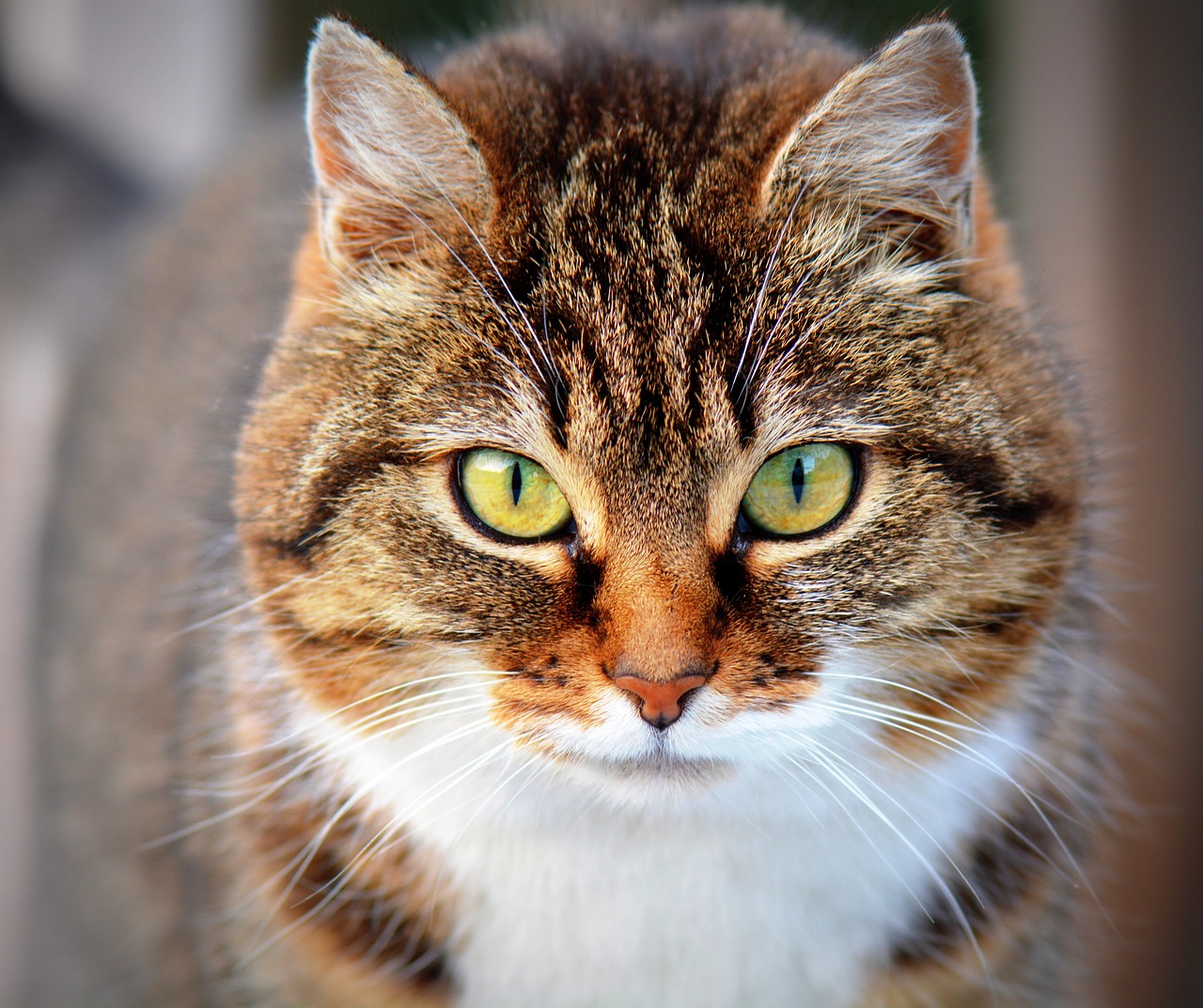As you would expect from felines, cats have thought long and hard about whether or not to jump into the arms of humans.
According to a comprehensive study of the spread of domesticated cats around the world, DNA analysis reveals that cats lived alongside humans for thousands of years before becoming domesticated. During this time, their genes changed very little compared to their wild brethren. They gained almost a single characteristic: the distinctive stripes and dots in the fur of tabby cats.
From ancient Rome to cat mummies in Egypt
Researchers observed the DNA of more than 200 cats from the last 9,000 years. These include cat remains from ancient Rome, cat mummies from Egypt and wild cat species from modern-day Africa. According to the results published last week, two main cat lineages contributed to the felines we love today.
The early ancestors of today’s domestic cats spread from southwest Asia to Europe around 4400 BC. Cats probably began to live near agricultural communities in Mesopotamia and around the Mediterranean around 8,000 years ago. Here a mutually beneficial relationship with humans was established, with cats acting as “rodent repellents” for humans.
Mice and rats “watered” the agricultural crops of the human race. Cats probably followed the growing rodent population and eventually began to approach human settlements on a regular basis.
We didn’t take cats and put them in cages!
“This was probably the first rapprochement between humans and cats,” says Claudio Ottoni of the University of Leuven, co-author of the study: “Humans didn’t take cats and put them in cages.” Instead, humans allowed cats to domesticate themselves.
The second important lineage is African cats
The second lineage was African cats, which were common in Egypt. By 1500 BC, they had spread throughout the Aegean and much of the Old World. This Egyptian cat probably attracted people’s attention because it was social and docile.
The results of the study suggest that prehistoric people carried their cats across ancient lands and along maritime trade routes to get rid of rodents.
Where did these tabbies come from?
“By comparing the DNA of cats living throughout history, the research shows how these animals changed even before humans started transporting them around the world,” says Ottoni.
Surprisingly, wild and domestic cats don’t differ much genetically. One way to tell them apart is their tabby fur.
Tabby’s genes date back to the Ottoman Empire
The research sheds light on the appearance of spots and stripes on the fur of domestic tabby cats in the Middle Ages. Tabby cats trace their genes back to the Ottoman Empire and later became widespread in Europe and Africa.
However, it was not until the 18th century that these stripes became widespread enough to be associated with domestic cats. In the 19th century, cat lovers create new breeds by selecting cats according to certain characteristics.
Cats managed to domesticate without changing much
“So cats have managed to become domestic companions of humans without changing much,” says Eva-Maria Geigl, an evolutionary geneticist and co-author of the study. Domestic cats are similar to wild cats, but they don’t like being alone and can tolerate humans and other cats. Or we could say they have a higher tolerance for us.

The opposite is true for dogs
Geigl says it was the opposite with dogs, the first domesticated animal. Dogs were selected to perform specific tasks, which is never the case for cats. Selection based on these different traits is the reason behind the large number of dog breeds today.
“Cats didn’t go through such a selection process because there was no need to change them. They were perfect just the way they were,” says Geigl.
Of course, not everyone may agree that cats are perfect. Still, cats are among the most popular pets in the world, with some 74 million cats living in households in the US alone.
Ottoni concludes: “We’re discovering amazing things about where they come from, how far they travel, and what impact they have on humans. More research on this species will reveal more about the process of domestication.”
In summary from ScienceAlert





